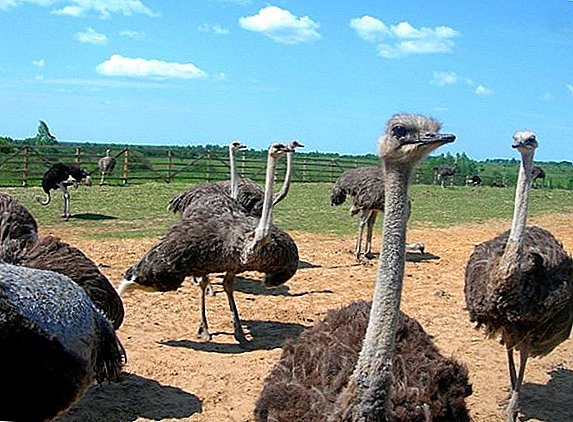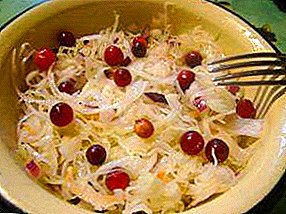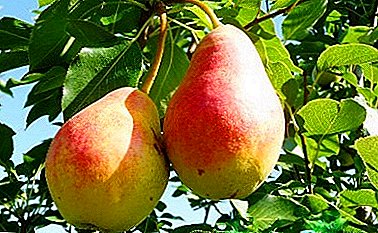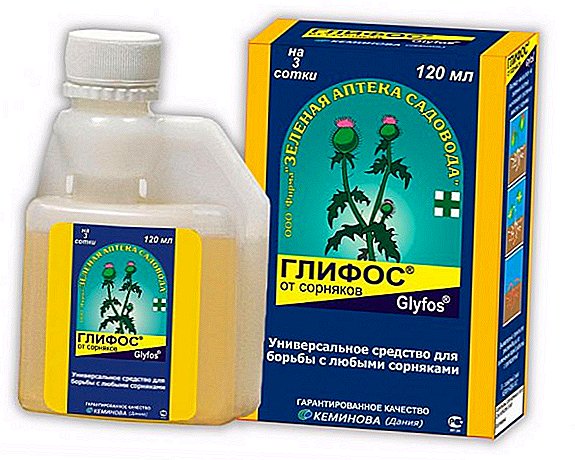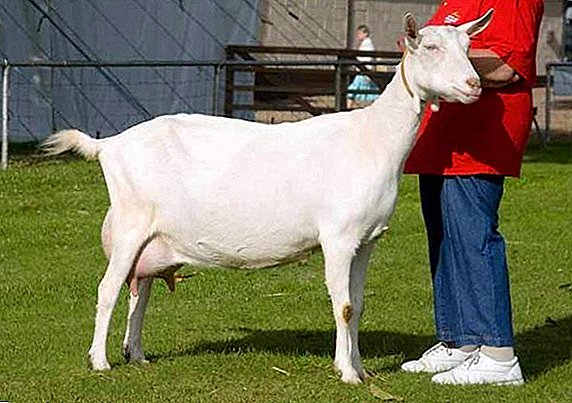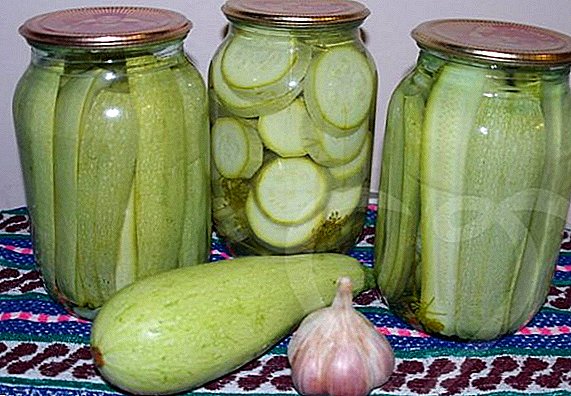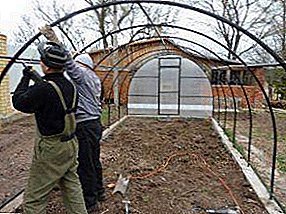
Wanting to speed up the start of the harvest process, gardeners take on arrangement greenhouses in their area. Greenhouse facilities can be made of various materials, while having different sizes and shapes.
One of the most common options - greenhouse of the armature. This is a simple construction.does not require large material investments. How to make a greenhouse from the fittings with your own hands, consider below.
Types and design features
Reinforced greenhouse facilities can be divided into two types:
- steel building greenhouse;
- plastic greenhouse (composite reinforcement).
Both of these designs have almost the same pros and cons. Benefits include following indicators:
- simple and quick installation of the frame;
- the ability to quickly disassemble the structure if necessary;
- acceptable cost of materials.
Design flaws:
- long fittings are inconvenient to store;
- plastic fittings are more suitable for the construction of small structures;
- metal fittings tend to rust, and therefore need to be periodically treated with a primer.
Approximate sketch (drawing) of the greenhouse from the armature:


Coating Materials
To cover reinforcing cage use film, polymer, cellular plastic. Relatively recently, polycarbonate honeycomb appeared on sale, which summer residents began to use as a substitute for glass.
Polycarbonate Benefits:
- high ability to transmit sunlight;
- resistance to mechanical damage;
- polycarbonate greenhouse life is about 20 years;
- resistance to moisture and water.
disadvantages:
- polycarbonate is combustible and melts when exposed to open flame;
- It has a high cost, unlike other materials.
There are several types of film used for the construction of the greenhouse:
- Unstabilized film. Capable of transmitting up to 80% of sunlight. The disadvantage of this coating is a small margin of safety, as a result of which the film must be changed from season to season.
- Transparent hydrophilic membrane. Differs in the increased durability, shock resistance and elasticity, and also steam permeability. The main advantage of this material is that condensate drops do not fall from above, but flow down the coating, which favors plant growth. The material retains well the heat accumulated during the day.
- Heat-retaining polyethylene. Increases the temperature inside the structure by 1-3 degrees, keeping it. The service life of the material is about 9 months. The yield with such a coating is 20-30% more than with other types of film. The lack of heat-retaining polyethylene is relatively low strength.
- Reinforced polyethylene. This material is practically not torn, which allows it to be used for two seasons. The downside is the low conductivity of light.
- Polyvinyl chloride film - the most resistant to climate change and external damage. Service life is up to 6 years.

Note: since the greenhouse is made of steel reinforcement is a more stable and robust design, below will be given attention to this structure, equipped with a film coating.
The foundation for the greenhouse
Greenhouse frame of steel reinforcement requires the construction of the foundation. Such the design is very heavytherefore, the reinforcement loose in the concrete will gradually “sink into the soil”.
For the reinforcement of the foundation use rods with a diameter of 12 mmhowever, the skeleton itself can be made of thinner reinforcement with a cross section of 8 mm.
For heavy-weight reinforcement cage, it is necessary to build a strip footing. Optimum design dimensions:
- depth 0.5-0.8 m;
- width - at least 20 cm.
In the northern regions, the foundation is laid to the depth of soil freezing. Besides he needs warming by means of trench fragments of foam.
Approximate option of the base:


The process of building a foundation for a greenhouse with rebar with your own hands:
- Trench digs required depth and width. When marking the perimeter, you should align it diagonally, and then install the stakes in the corners.
- Formwork is being constructedwhose height should be from 10 to 15 cm. For its manufacture, you can use boards with a thickness of 25 mm, chipboard, plywood. Top formwork must be leveled with a level.
- The reinforcement mesh of reinforcement is being prepared.
- Fitted reinforcing mesh.
- In the trench are installed in advance prepared frame sections.
- Concrete is poured in several layers (thickness of each layer is 15-20 cm). Each layer must be compacted to avoid the formation of voids. Do not stack stones in a trench or crushed brick - this will adversely affect the strength of the foundation.
Manufacturing frame
For robust and durable construction bars of reinforcement it is better to weld with each other, but it is also possible to use knitting wire. So that the assembly does not cause unnecessary difficulties, the framework is constructed outside the trench.
He is construction in the form of arches of reinforcementinstalled at a certain distance from each other and fastened together by horizontal rods.
The number of rods due to the depth of the foundation, as the bottom construction needs a high-quality reinforcement.
First of all, the arches are made of reinforcing bars, taking into account the height of the future structure and the depth of the foundation. Next, the finished parts are installed in the trench and are welded to each other by means of horizontal crossbars. The distance between the arches is 0.4-0.5 m.
Possible frame option:


Note: it is necessary that the arches are located in the middle of the width of the foundation tape.
Fixing the film to the metal frame
For fastening steel frame films are basically use two ways.
- Method using clips. Many options of greenhouses, commercially available, are equipped with special clamps. When building a greenhouse on its own, you can make these parts yourself. The clamps are made from bent sheet steel.
When fixing mounts rubber pads must be used, thanks to which the film will last longer. Gaskets will protect the coating from contact with metal clips.
- For fixing film coating can also use a large mesh mesh, which is stretched outside and inside the greenhouse structure. Thus, the material will be tightly fixed between the two mesh layers.
Finished clamps as sample:



Steel reinforcement structures with film coating - odin of the most reliable and effective methods greenhouses. In addition, the strength and durability of the iron frame will not make you regret the choice made by fans of agriculture.
Useful information in the video below:



